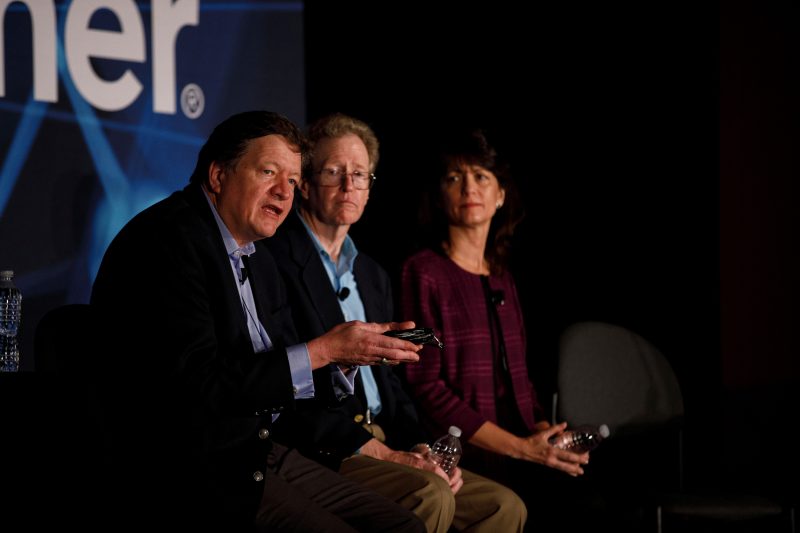
Changes Are Coming: How to Stay Ahead of Workplace Disruptions

When we think about the future of work, we often picture robots taking our jobs and a permanent end to the decreasingly popular 9-to-5. While changes as extreme as these may be coming at some point in the future, ongoing technological innovations are changing the future of work today, while subsequent disruptions will continue to shape our working lives tomorrow. Artificial intelligence (AI), robotics, machine learning, and other emerging technologies are already promising to fundamentally change how we work and what we need from our HR functions. The ongoing and upcoming waves of technological change will fundamentally disrupt the way work is done and who does it.
HR functions are starting to engage with these changes: Gartner research shows that one in four HR teams are already using or piloting AI in some form. However, only 10% of Chief HR Officers feel that they have an operational strategy to address the risks of automation. In order for HR to evolve, its leaders need to better understand the technology trends that affect the future of work. HR executives are now expected to evaluate the impact of these trends on their organization, both to leverage them in growing the business and to prepare the organization for the risks they pose.
So how do you proactively prepare for workplace disruptions instead of reactively lagging behind them? We reviewed how some of the most progressive organizations and HR leaders are tracking, assessing, and managing the implications of upcoming technology trends on their employees and the work they do. From our research, we determined that HR leaders must focus on two key areas: identifying and anticipating business disruptions, and preparing for workforce transformation.









